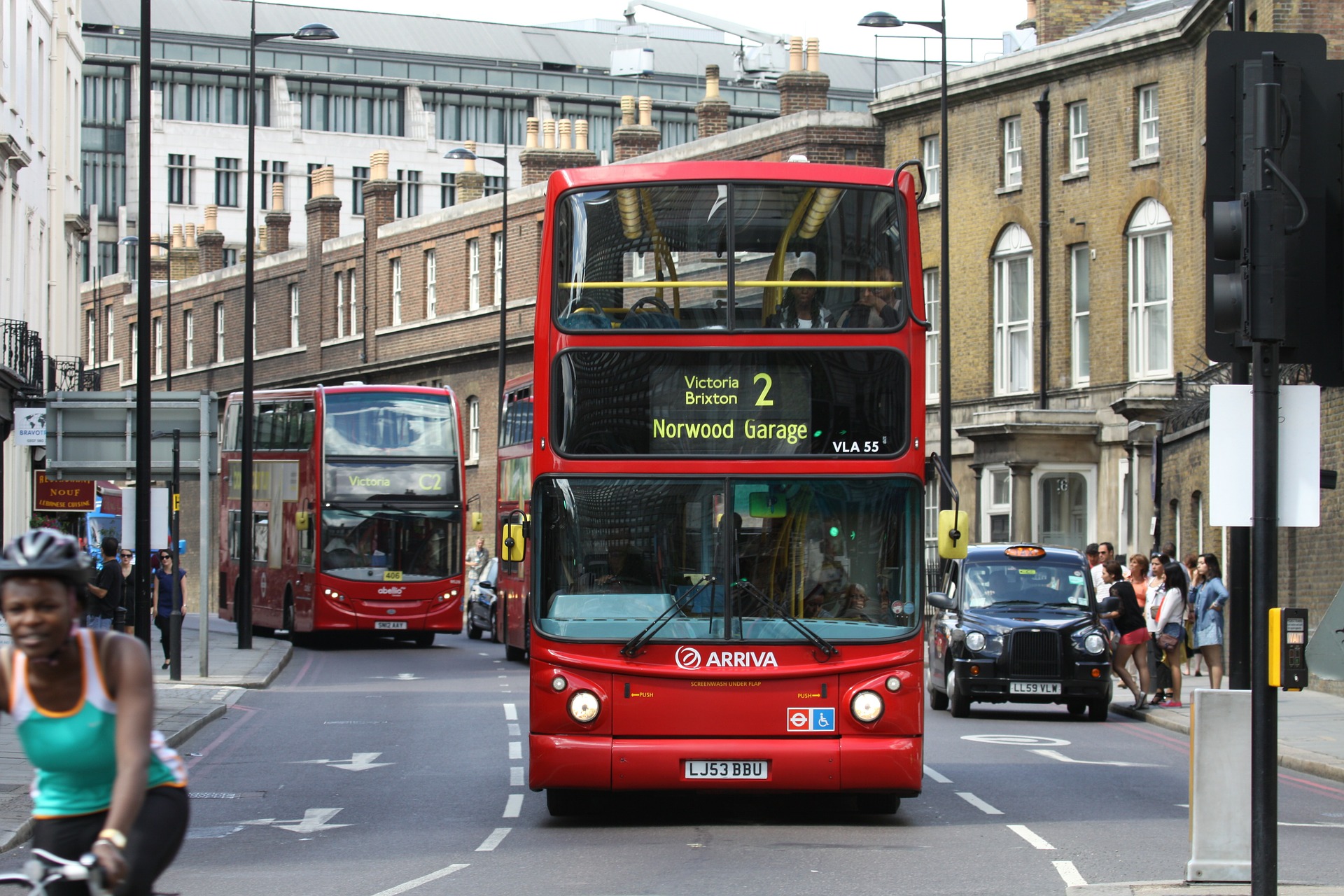99% of London exceeds WHO air pollution limits
Air pollution contributed to the deaths of more than 4,000 Londoners in 2019, according to a study conducted by researchers at Imperial College London.
The study, which was commissioned by City Hall, found that the outer London boroughs had the greatest number of deaths attributable to air pollution, this was mainly due to the higher proportion of elderly people living in these areas, who are more vulnerable to the impacts of air pollution.
The boroughs with the highest number of air pollution-related deaths in 2019 were Bromley, Barnet, Croydon and Havering. This underlines that pollution is not just a central London problem.
The research also revealed that Londoners from Black, Asian and Minority Ethnic (BAME) communities were exposed to the highest levels of air pollution.
However, despite this, the researchers found that between 2016 and 2019 there was a 97% reduction in the number of state primary and secondary schools located in areas exceeding legal polluting limits.
This means that the average life expectancy of a child born in London in 2013 will increase by six months.
Despite these significant improvements, the researchers highlighted that levels of air pollution are still too high.
99% of London does not meet World Health Organisation (WHO) recommended limits for PM2.5 which adds to the growing evidence and cross-party consensus that these limits should be included in the Environment Bill as a legally binding target to be met by 2030.
The Mayor of London, Sadiq Khan, said: ‘I am enormously proud of the work we have done over the last four years to improve London’s air quality, including delivering the world’s first Ultra Low Emission Zone. We know that London’s toxic air kills, so this new Imperial report confirming that my policies will help extend the life expectancy of children born here is extremely welcome.
‘However, the report is a stark reminder that air pollution in our city still represents a public health crisis and urgent action is needed. It’s clear that pollution isn’t just a central London problem, which is why I am committed to expanding the ULEZ in October this year. The recent inquest into Ella Adoo-Kissi-Debrah’s death is a painful reminder that the human cost of damage from air pollution is very real and very personal.’
Photo Credit – Pixabay


















The overwhelming majority of air pollution blackspots are sites within central London, within the current ULEZ. This demonstrates that the current zone is not having the claimed effect. The proposed extension of the ULEZ to the outer boroughs of London will have no effect on air quality in these areas, nor the air quality of London as a whole. This has been established in the Jacobs report (commissioned by TFL). The proposed ULEZ expansion is just the thin end of a wedge that will eventually lead to road price charging for ALL vehicles, as a tax to fill the Mayor’s coffers.
Why is road traffic always featured in articles about air pollution and no mention of wood burning? Surely wood burning must be a large part of the problem with PM 2.5 particle pollution. Many wood burner users seem to be in denial about the many pollutants that are released. A recent survey listed Nitrogen Oxide, Carbon Monoxide, Sulphur di-Oxide and Formaldehyde.
The last figures I saw from DEFRA said 38,000 early deaths per year from particle pollution, wood burning contributing 44%.
A widely respected figure is 14% is caused by wood burning. This is born out by common sense. The figures do not change radically over summer – when very little burning is happening. Or daytime – when much reduced amounts of burning is taking place.
Why foes the Government not implement a scrappage scheme for open fires? Replace terrible appliances with good, efficient, clean stoves? 100% renewable, carbon neutral and keeps money in local economy – unlike gas, oil or electric.